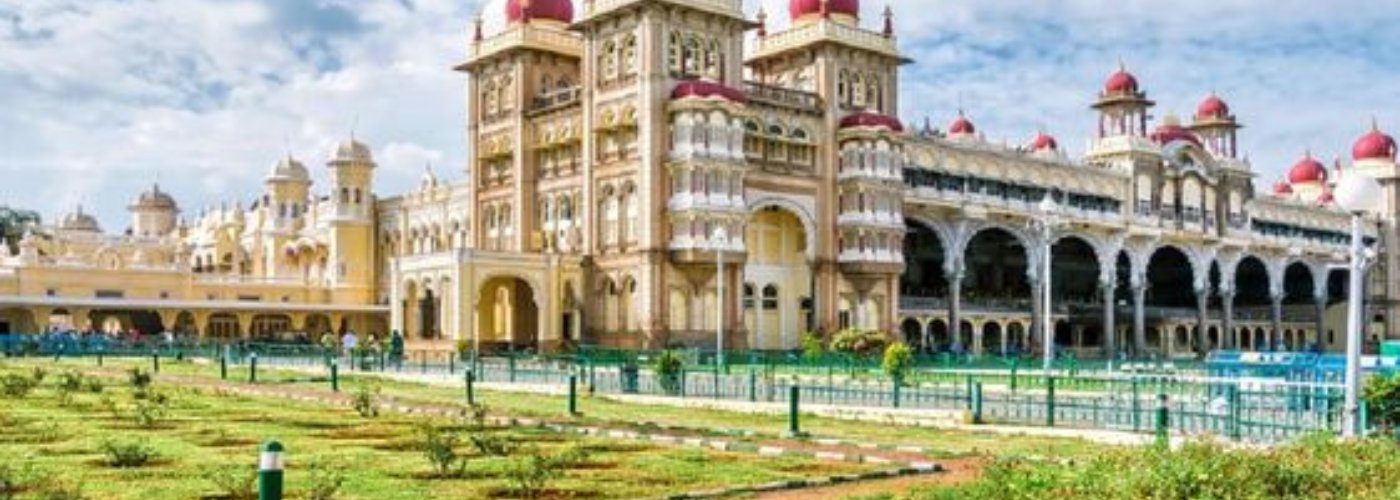

The History of Chennai: From Ancient Times to Modern Metropolis
Chennai, the bustling capital of Tamil Nadu, has a history that reflects centuries of cultural, political, and economic evolution. Formerly known as Madras, the city has been a significant center for trade, religion, and learning since ancient times. Its history is intertwined with colonialism, Indian independence, and its growth into a modern metropolis.
Ancient and Medieval Periods
The history of Chennai dates back to ancient times when it was part of the Tamilakam region, the homeland of the Tamil people. This area, known for its advanced Dravidian culture, was ruled by powerful dynasties such as the Cholas, Pandyas, and Pallavas.
The Pallavas (3rd-9th century AD) were instrumental in shaping Chennai’s early history. The port city of Mylapore, which lies within modern-day Chennai, was an important center of trade and religion during this time. Mylapore’s prominence is highlighted by references in ancient texts, including those of the Greek and Roman traders who visited its shores. It was known for its bustling trade routes, connecting South India with Southeast Asia, the Middle East, and the Roman Empire.
During the Chola period (9th-13th century), the region saw a flourishing of art, culture, and trade. The Cholas were great patrons of architecture and temple construction, with many of their monumental temples influencing the design of temples in and around Chennai.
Arrival of Europeans: The Birth of Madras
The arrival of the Portuguese in the 16th century marked the beginning of European interest in this region. In 1522, they established the port of São Tomé near Mylapore, which was followed by the establishment of trade routes along the coast.
However, the most significant event in Chennai’s colonial history was the arrival of the British East India Company in 1639. Francis Day, an English trader, secured a strip of land from the local Nayak rulers to establish a trading post. This small settlement grew around Fort St. George, which became the administrative and commercial center of the region. The fort, built in 1644, laid the foundation for what would eventually become the city of Madras.
Madras became a strategic location for the British, serving as a major port for their trade with Southeast Asia and beyond. The city’s position allowed the British to expand their influence, leading to the establishment of other key trading ports along India’s eastern coast. Over time, Madras grew into one of the most important centers of British power in India.
Growth Under British Rule
During the 18th century, Madras was frequently caught in the conflicts between the British and the French for control over India. The Carnatic Wars (1746-1763) were fought in and around the city, with Fort St. George playing a crucial role in defending British interests. After defeating the French, the British solidified their control over southern India, making Madras a central part of their administration.
Madras witnessed steady growth under British rule. The development of railways, roads, and telecommunication systems in the 19th century further enhanced the city’s importance as a commercial and administrative hub. It became the capital of the Madras Presidency, one of the largest provinces in British India, covering present-day Tamil Nadu, parts of Andhra Pradesh, Kerala, and Karnataka.
The Indian Independence Movement
Madras played a crucial role in India’s fight for independence. The city was home to several prominent leaders of the Indian National Congress, including C. Rajagopalachari, who became independent India’s first Governor-General. Mahatma Gandhi’s visits to Madras inspired widespread support for the freedom movement.
The Swadeshi Movement, which encouraged Indians to boycott British goods and promote local products, gained traction in the city. The Madras-based newspapers, such as The Hindu, also played a pivotal role in spreading the message of independence and mobilizing public support.
Post-Independence Era and Modern Growth
After India gained independence in 1947, Madras became the capital of the state of Madras, which was later renamed Tamil Nadu in 1969. In 1996, the city’s name was officially changed from Madras to Chennai, reflecting the government’s initiative to honor local heritage and linguistic identity.
In the post-independence era, Chennai experienced rapid industrialization and urbanization. It became a hub for automobile manufacturing, technology, and education. The establishment of IT parks and the growth of the software industry in the late 1990s turned Chennai into one of India’s leading tech cities, often referred to as the “Detroit of India” due to its booming automotive industry.
The city has expanded considerably, both in terms of population and infrastructure, and has developed into a key economic and cultural center in southern India. Chennai continues to be a hub for education, arts, music, and cinema, with its influence extending far beyond its borders.